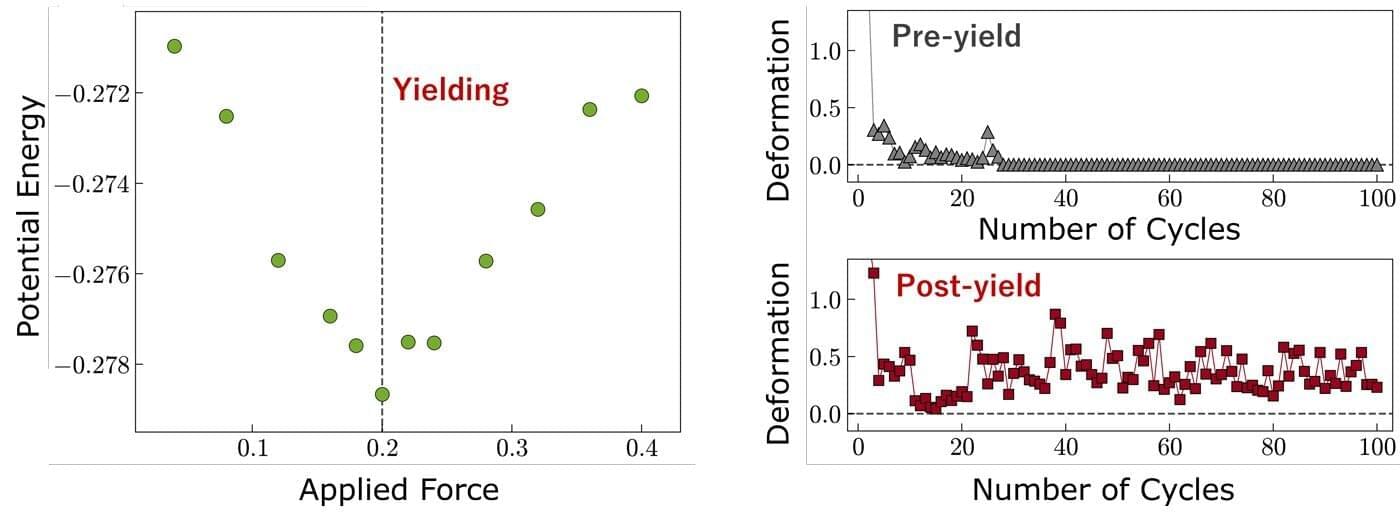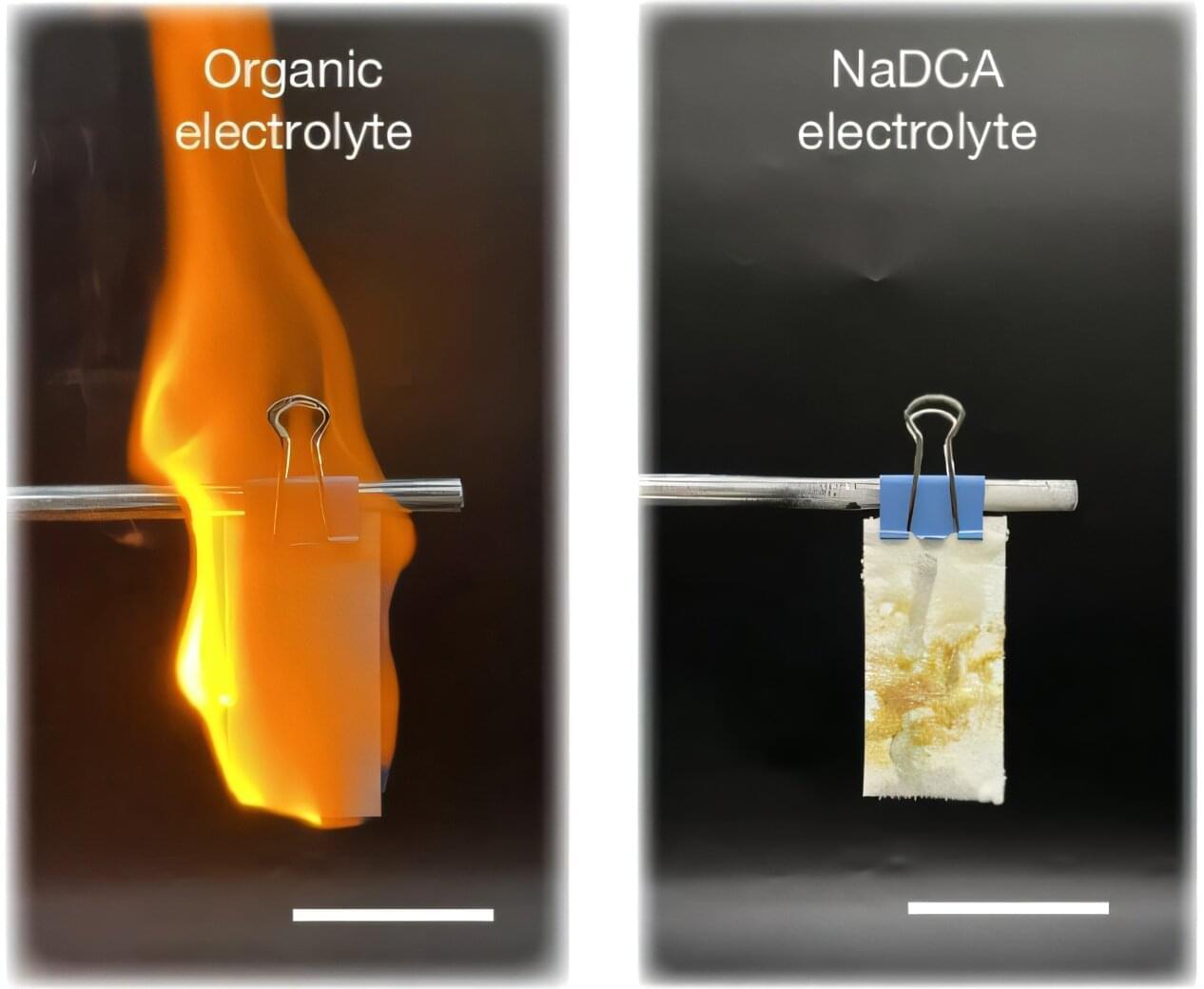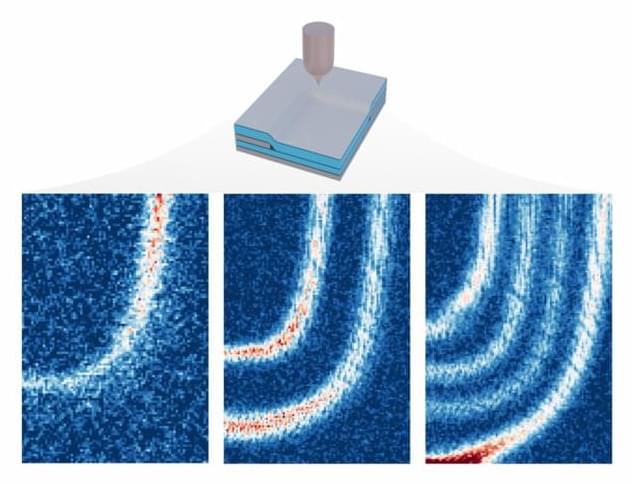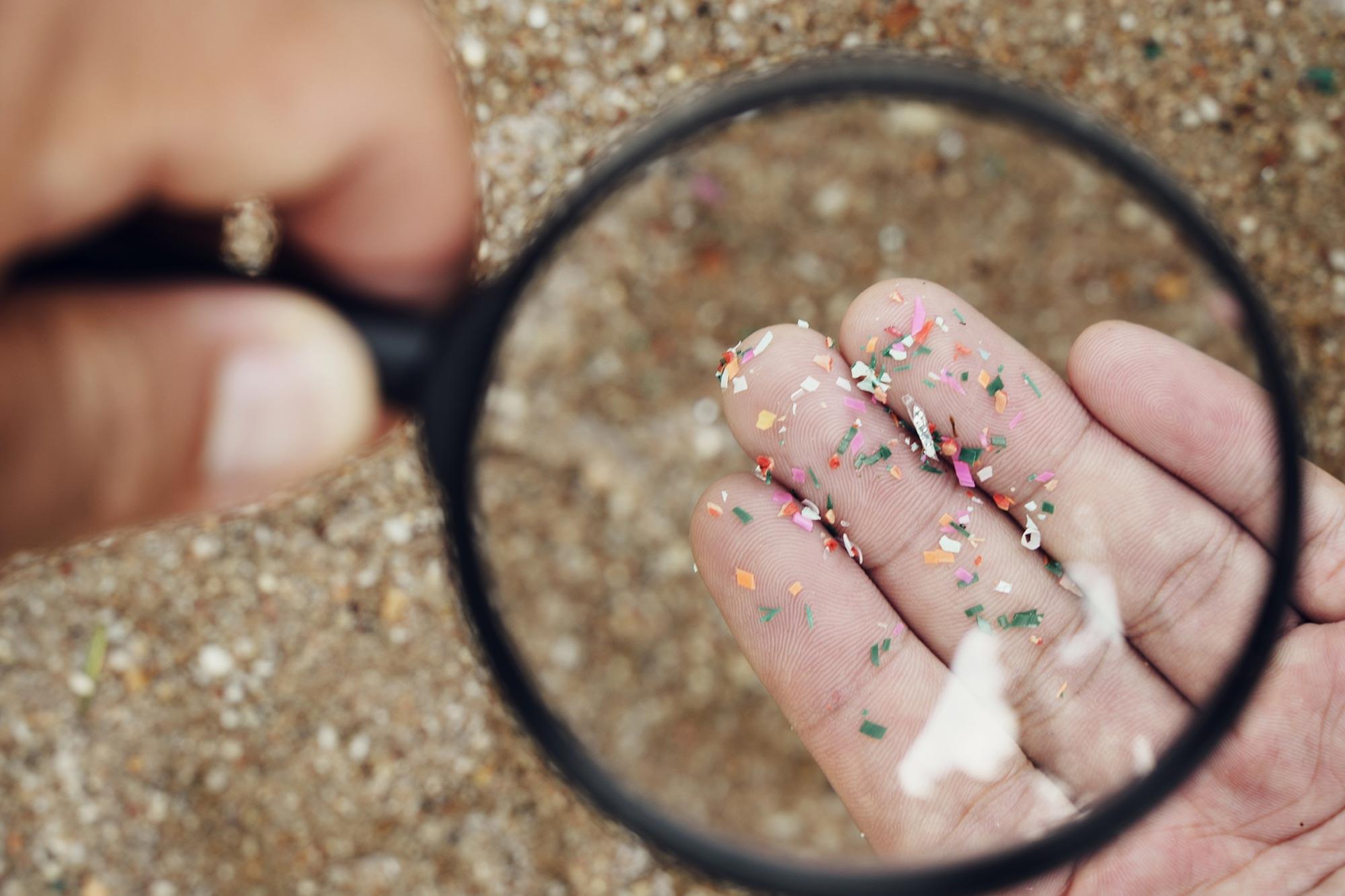A standard reference thermoelectric module (SRTEM) for objectively measuring thermoelectric module performance has been developed in Korea for the first time. A research team led by Dr. Sang Hyun Park at the Korea Institute of Energy Research developed the world’s second standard reference thermoelectric module, following Japan, and improved its performance by more than 20% compared with existing modules, demonstrating the excellence of Korea’s homegrown technology. The findings are published in the journal ACS Applied Materials & Interfaces.
A thermoelectric module is a device that generates electricity by creating a flow of electrons driven by a temperature difference, with one side becoming cold and the other becoming hot. Conversely, when an electric current is applied to a thermoelectric module, one side cools down while the other side heats up.
Thanks to these characteristics, thermoelectric modules are widely used in applications such as compact camping refrigerators and electronic equipment including computers. In addition, because they are environmentally friendly and well suited to miniaturization, they can be broadly applied to emerging fields such as carbon-free power generation and the space industry, which have recently drawn significant attention.









